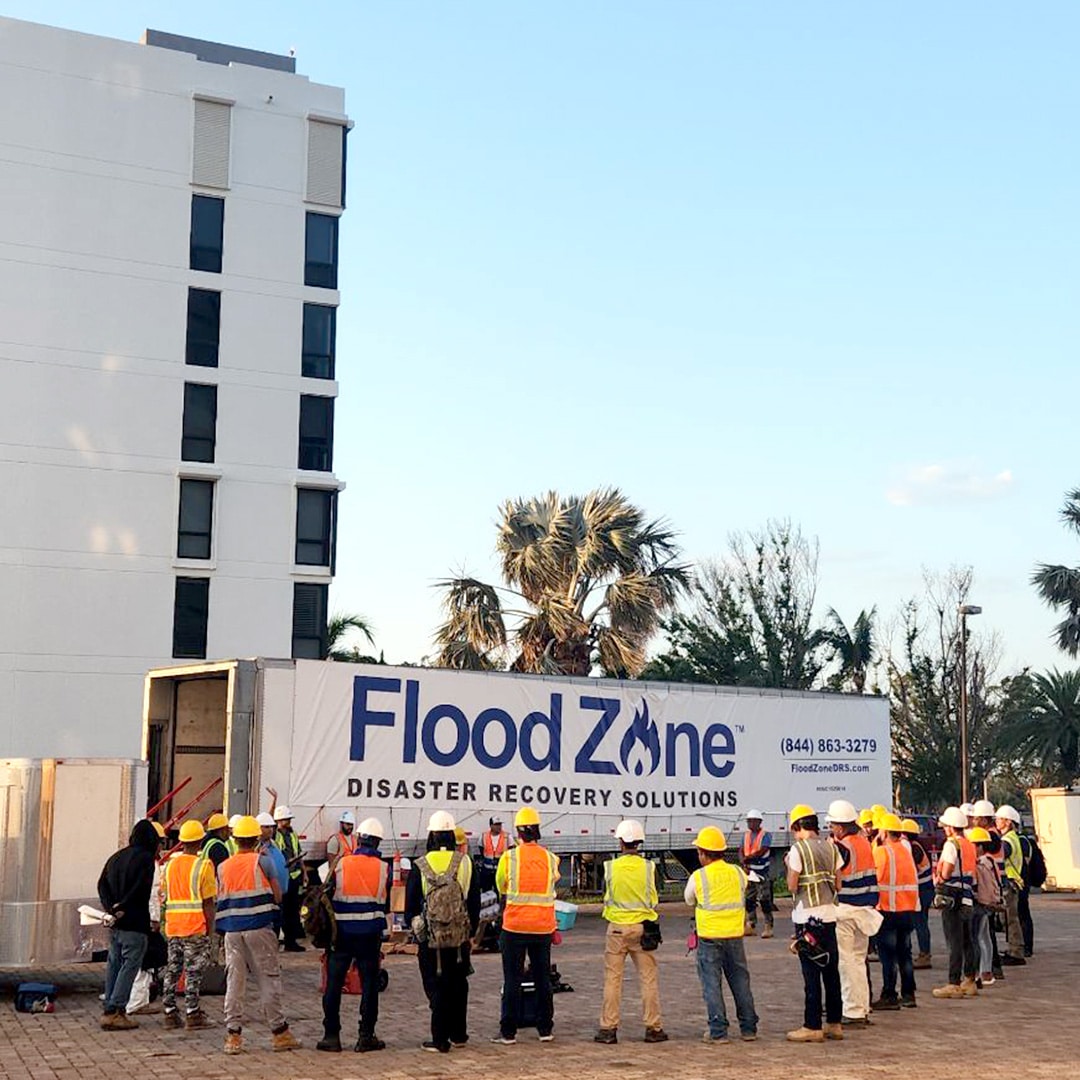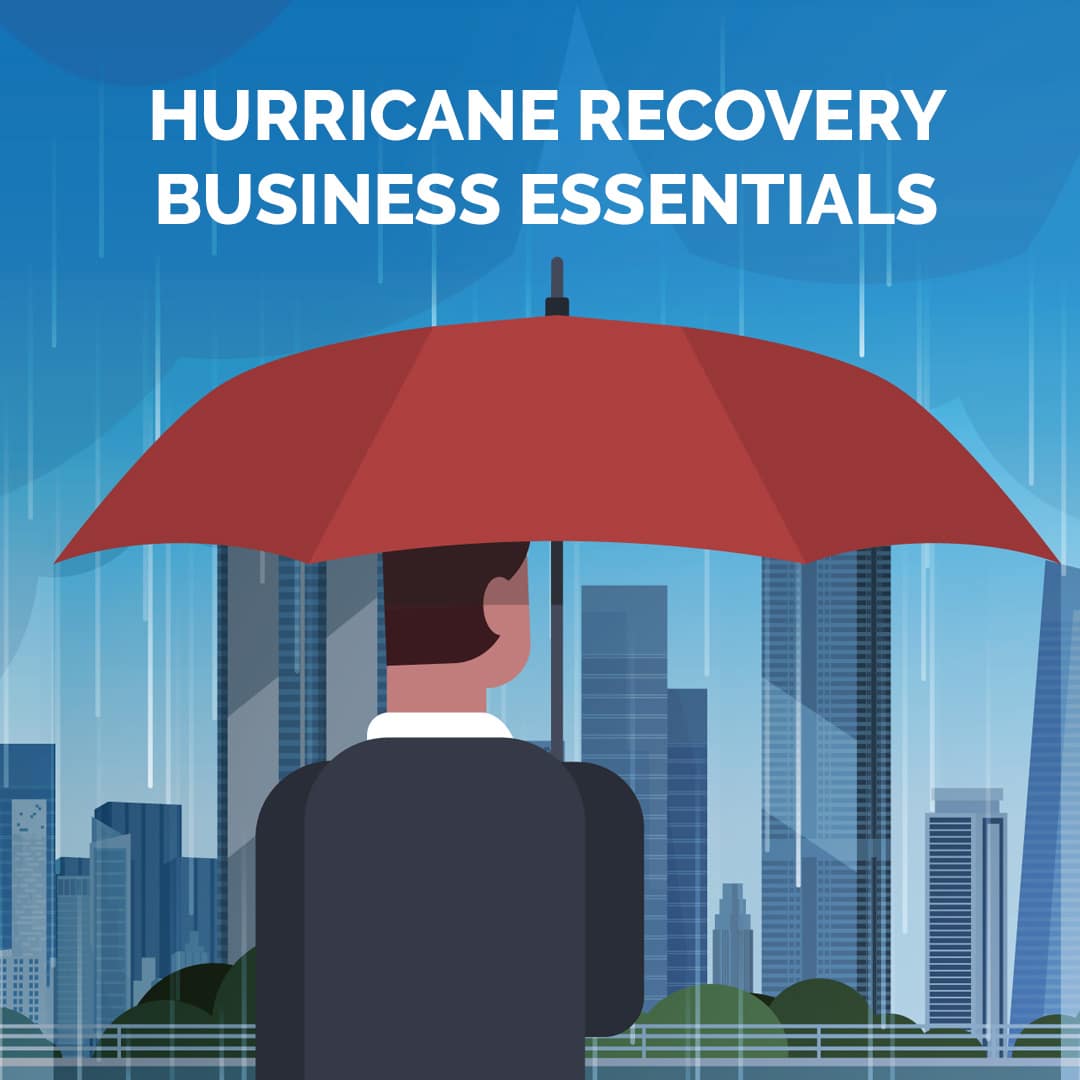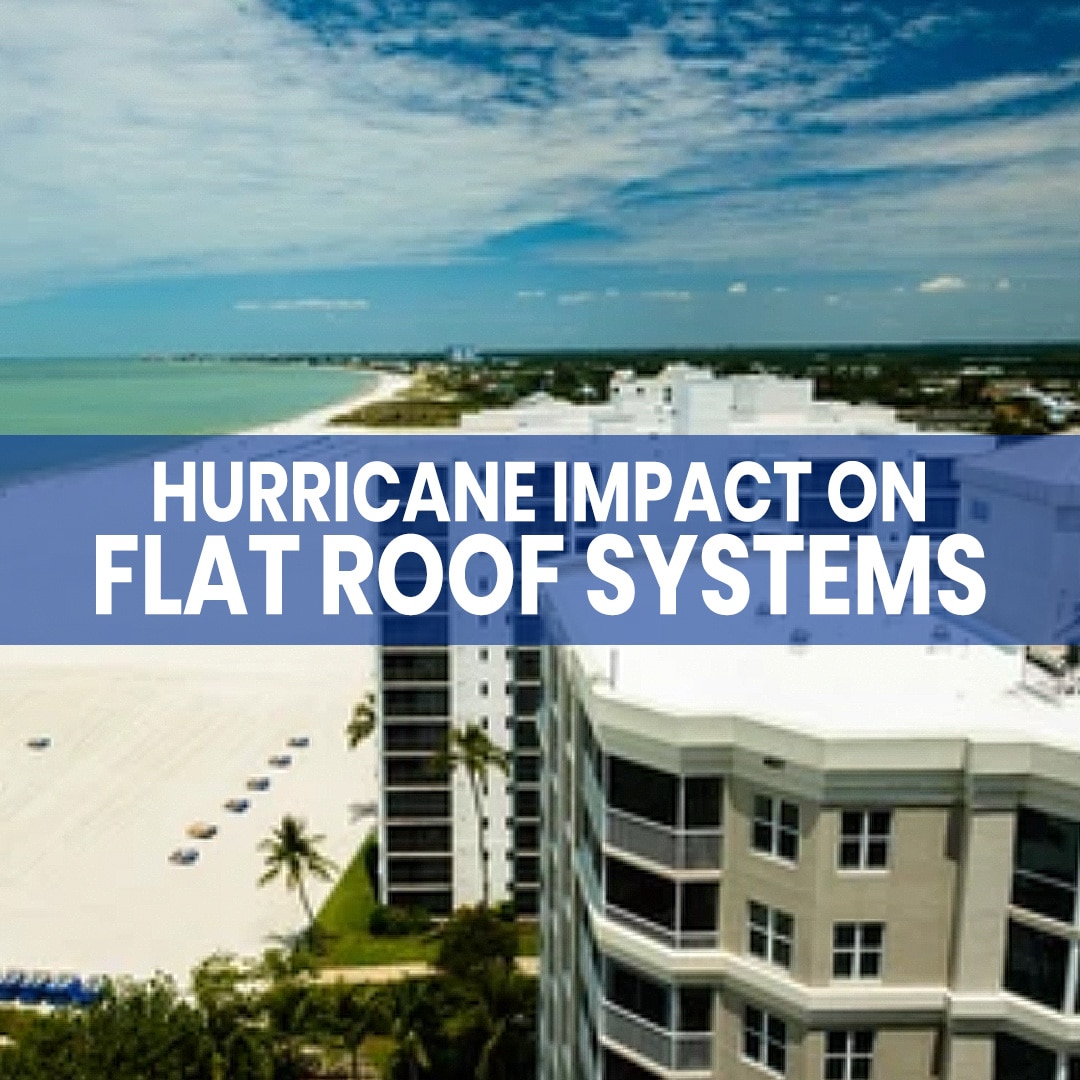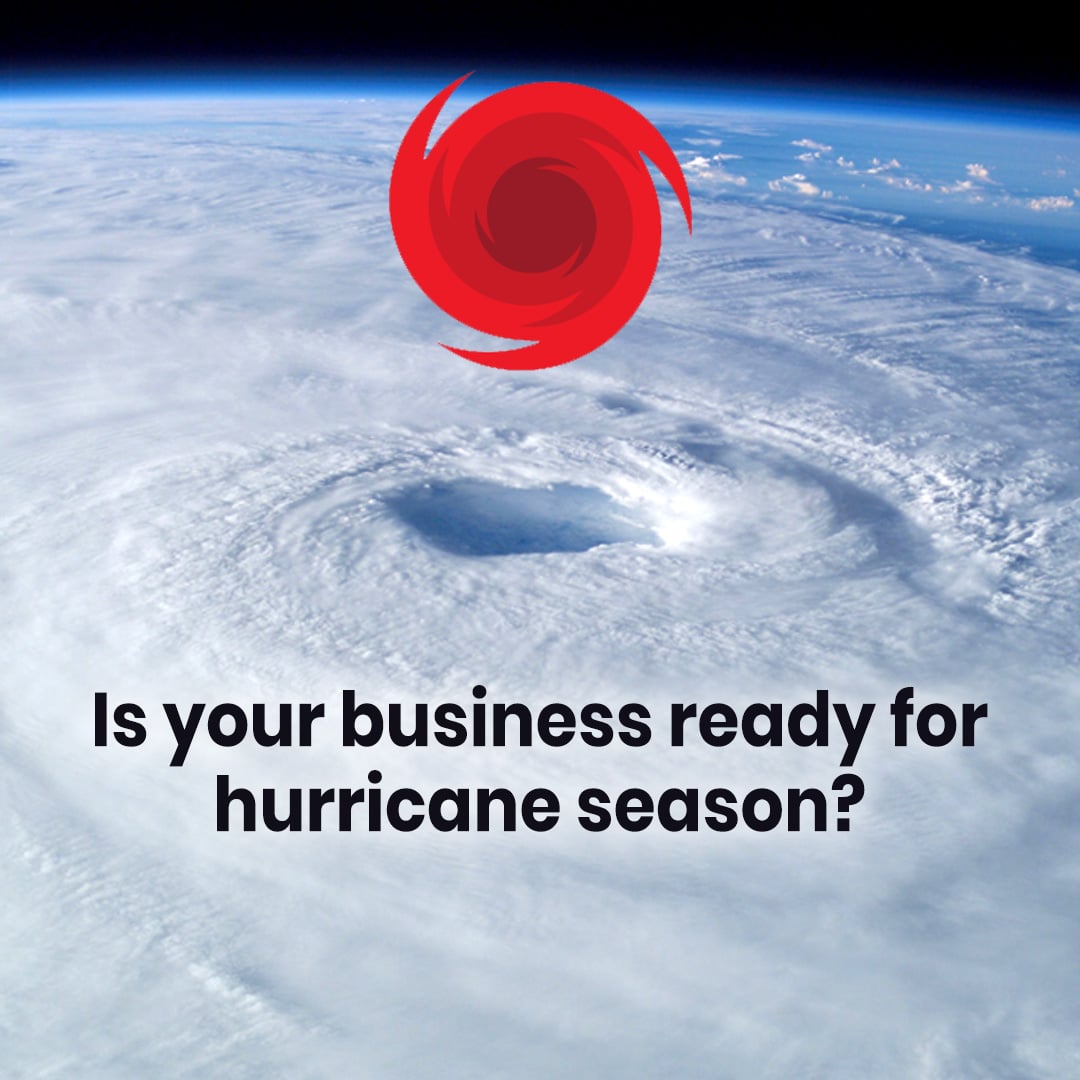The Atlantic hurricane season officially starts on June 1 and ends on November 30. The time to prepare for a hurricane is now, before hurricane season begins.
Now is a great time to ensure your plans and preparations are in order and to check and re-stock your hurricane kits. This week we are sharing tips and reminders for some of the most important aspects of hurricane preparation.
Determine Your Risk
It only takes one storm to change your life and community. Tropical cyclones are among nature’s most powerful and destructive phenomena, and hurricanes are not just a coastal problem. Their impacts can be felt hundreds of miles inland, and significant impacts can occur without it being a major hurricane. If you live in an area prone to tropical cyclones, you need to be prepared.
Hurricanes bring many hazards to US coastlines and inland areas, including storm surge along the coast, inland flooding due to heavy rainfall, tornadoes, strong wind, rip currents, and large waves. Find out today what types of wind and water hazards could happen where you live, and then start preparing how to handle them.
Develop an Evacuation Plan
Take some time to make sure you have a hurricane evacuation plan. The first thing you need to do is find out if you live in a storm surge hurricane evacuation zone or if you’re in a building that would be unsafe during a hurricane. If you are, figure out where you’d go and how you’d get there if told to evacuate. Learn your evacuation routes.
You do not need to travel hundreds of miles. Identify someone, perhaps a friend or relative who doesn’t live in an evacuation zone or unsafe home, and coordinate with them to use their home as your evacuation destination. Be sure to account for your pets, as most local shelters do not permit them. Put the plan in writing for you and those you care about and practice your plan.
As hurricane season approaches, listen to local officials on questions related to how you may need to adjust any evacuation plans based on the latest health and safety guidelines from the CDC and your local officials.

Assemble Disaster Supplies
Just having enough supplies to make it through a hurricane isn’t enough. You need plenty to make it through what could be a LONG recovery period too. Water and electricity could be out for a week or more. Have enough non-perishable food, water, and medicine to last each person in your family for a MINIMUM of one week. Also make sure you have extra cash, a battery-powered radio, flashlights, and a portable crank or solar-powered USB charger to charge your cell phone. The CDC recommends if you need to go to a public shelter, bring at least two cloth face coverings for each person and, if possible, hand sanitizer. (Children under two years old and people having trouble breathing should not wear face coverings).
Perform an Insurance Checkup
This Hurricane Preparedness Week, call your insurance company or agent and ask for an insurance checkup to ensure that you have adequate coverage to repair or even replace your property and contents. Remember, standard property or homeowners insurance doesn’t cover flooding – you’ll need a separate policy for flooding. Act now as flood insurance requires a 30-day waiting period.
Prepare and Strengthen Your Building
If you plan to ride out a hurricane in your home or business, make sure it is in good repair and up to local hurricane building code specifications. Have the proper plywood, steel, or aluminum panels to board up the windows and doors. Remember, the garage door is the most vulnerable part of a home, so it must be able to withstand high winds.
Complete a Written Plan
The time to prepare for a hurricane is NOW, before the season begins. Once you’re under pressure, having a written plan will take the guesswork out of what you need to do to protect you and your family.
Know where you will ride out the storm and get your supplies now. You don’t want to be standing in long lines when a Hurricane Watch is issued. Those supplies that you need will probably be sold out by the time you reach the front of the line.
Being prepared now could mean the difference between your being a hurricane victim and a hurricane survivor.
Help Others
Many Americans rely on their neighbors after a disaster, but there are also many ways you can help your neighbors before a hurricane approaches. Learn about all the different actions you and your neighbors can take to prepare and recover from the hazards associated with hurricanes. Start the conversation now with these Neighbor Helping Neighbor strategies but remember you may need to adjust your preparedness plans based on the latest health and safety guidelines from the CDC and your local officials.
Hurricane Safety
Remember, it only takes one storm to change your life and community. For more information on hurricanes and hurricane safety, visit:





